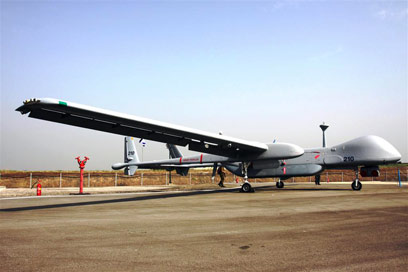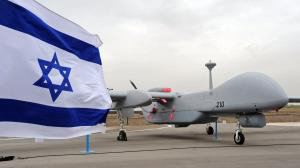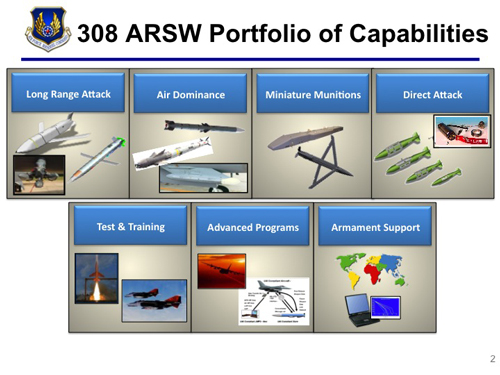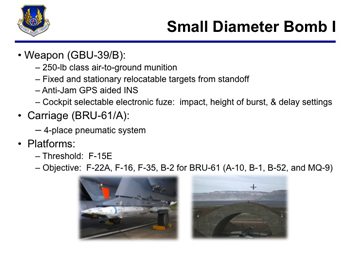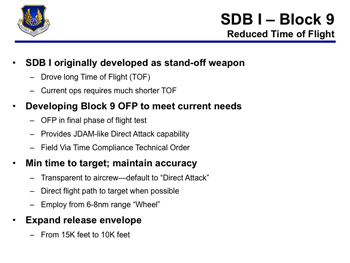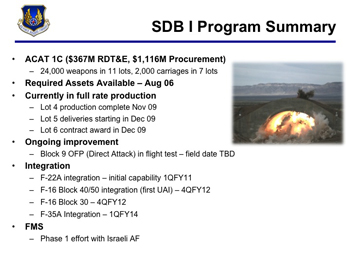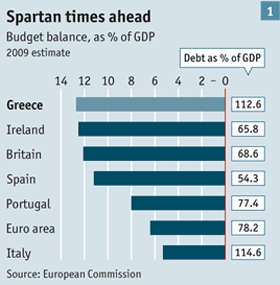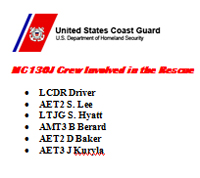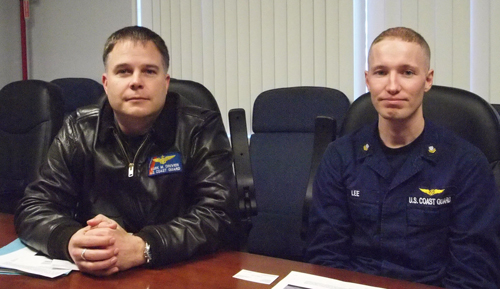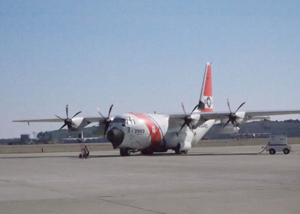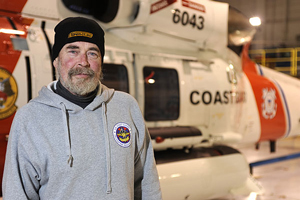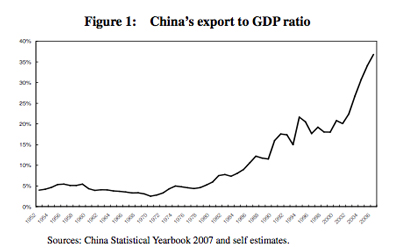In this part of the interview, Lieutenant General Dubik identifies the key principles for transition from the Iraq situation during his time in the country, stressing the fact that the focus has been more on security than on transition for the sake of transition. He suggests some key lessons learned which provide a foundation for Afghanistan and to meet the continuing challenges with regard to Iraq in 2010 and 2011. Those challenges are the subject of the final part of the interview to be published next.
[slidepress gallery=’dubik-ii-march-8′]
Credit Photos: US Armed Forces, 2009-2010
The above slide show provides highlights of the Iraq transition:
- The first photo shows a base transfer from US to Iraqi forces.
- The second photo shows an early morning convoy from Al Assad.
- The third photo shows the discovery of an insurgent weapons cache.
- The fourth photo shows Iraq police training.
- The fifth photo shows Iraqi Army signals training.
- The sixth photo shows support for a Provincial Reconstruction Team.
- The final photo shows a US security team in Iraq operating in support of the elections.
***
SLD: General, if we were to summarize your views, looking back as you were about to leave Iraq and looking forward to what would happen there, what are some of the “Dubik principles” that you would take away from your time there which might be applicable moving forward?
General Dubik: First, we had this belief that it’s about transition: transition to Iraqi control, or transition to Afghan control, or transition to whatever. But it’s not about transition. It’s about providing enough security and creating security forces that can secure the country–that will lead to transition. If you aim directly at transition you will never get there; if you aim at providing a security force that is large enough, capable enough, and confident enough to actually pull security, then you’ll transition.
SLD: We are both trained in political philosophy. So essentially what you are describing is the need to create some sense of legitimate authority and confidence that you are shaping such authority.
General Dubik: I would go to Aristotle in his ethics. He said that if you want to be happy, don’t aim at happiness or you’ll never reach it. If you want to become happy, you become virtuous and you’ll always be happy. And it’s the same thing here: don’t aim at transition; aim at providing security; aim at creating a security force that can actually provide security for the country; and then you’ll get the transition you want. We are having the same problem in Afghanistan; we have yet to commit to a security force that’s large enough to provide security for that country. That’s a different story though.
SLD: But your point is that the core principle is the same in both cases?
General Dubik: The core principle is exactly the same.
SLD: I think the difference is that Iraq is a nation, so the way you might create this sense of security is probably more regional or local in Afghanistan compared to Iraq. But the principle is the same: what is the system of legitimate government that one can create? It seems that the intellectual problem that we’re having with Afghanistan is it’s not a country, it’s not a nation in the way that we’ve just experienced with Iraq: in that sense, the Iraqi transition could actually be a bad lesson from this point of view. But the principle you’re laying down would then simply say: well, roll up our sleeves and find out.
General Dubik: And find out what works there. So what we’re going to have to do in Afghanistan – and I know that we are doing it – is to figure out how that local-to-national government relationship works in Afghanistan and create an Afghan specific solution. Don’t bring the Iraqi solution; don’t bring the American solution; don’t bring the French solution; figure out the Afghan solution. There have been periods – some extensive periods – in their history where they had a relationship that worked pretty darn well, and we ought to look at those and figure out how they worked. It’s a compartmental society and you should expect that, but the relationship of local people and tribes to the nation or to the state is an important relationship and it does work differently in different countries.
SLD: What is your next principle of transition?
General Dubik: The second one really kind of gets at what we just talked about with respect to Afghanistan, and that’s to aim at sufficiency not quality versus quantity. Of course it’s the case that you don’t want to aim just at numbers and create a force full of boneheads. But the other, equally wrongheaded approach, is taking the time to build only the highest quality force. You don’t have time to create the best possible force in the world because you’re at war and time matters when you’re at war.
So you are always in that trade space between the two extremes. One extreme is go too fast and create boneheads or push the quantity; and the other extreme is to aim only at quality but it takes forever. So you’re always in that trade space of trying to determine what’s sufficient for this country, at this time, against this enemy.
SLD: This is associated with what could be called the power of the demonstration effect: if you can create a demonstrated “success” in a city or region or province and get people to believe that you could credibly do this somewhere else, you create a sense of hope and shape a possible domino effect.
General Dubik: I think that’s what you see in Helmand Province, or at least, an attempt at that. But this idea of sufficiency is again one that is very difficult for some military people to accept, because we always want to say what’s the standard, you want me to meet the standard or not?
The issue is given this society’s state of education, literacy, technological understanding, and the enemy this society is facing, what’s sufficient to beat that enemy and how do you build a force capable of doing that as fast as you can? This is the challenge of building a security force during a fight.
So for example when we were accelerating the Iraqi Security Forces, we knew we were not going to have a complete complement of leaders. So we went to the Ministry of Defense and Joint Headquarters and said: okay, how many leaders does the battalion need for it to fight? Well, probably 65-70%. Okay,so that’s what we’re going to aim at, that’s sufficient for this country at this time, given this enemy.
So you’re trying to figure out what’s good enough to keep this enemy inefficient or ineffective. Another way to look at the issue of “sufficiency.” When your counter-offensive is successful, like ours was in Iraq, one of the results is that the enemy’s capability is degraded. We tried to get the enemy degraded as low as we could, so that the Iraqi Security Forces could handle them. You know, we had a tough time, and we have probably the most highly trained, best led, and technologically outfitted armed force in the world. The Iraqi Security Forces had none of that. So we had to get the enemy capability down, and the security forces’ competence and confidence up. It’s kind of an inverse relationship of capability.
SLD: I would also think that part of the process that you’re describing is to convince folks that there is a real process of Americans to leave. If the Americans are really leaving, then as an Iraqi I’m going to work with the Americans because I would like them to finally leave. So I think there’s also a cross over point to really believe that Americans are leaving.
General Dubik: There was an interesting dynamic and I would point to in March and April 2008 in Iraq as the confluence of those feelings coming to the fore. In that time period you saw Iraqi Prime Minister Nourial-Maliki start to direct his security forces semi-independently of the coalition. They conducted an operation in Basra, followed by an operation in Mosul, and followed by an operation in Sadr City.
Now, it is the case that Basra was a close run thing and they almost lost it, because they hadn’t coordinated that completely. But it was a strategic success because it was seen as Iraqis taking the initiative, fighting Shia militias, and prevailing. They were successful mostly on their own, with our support, and that success boosted their confidence to go to do a similar thing in Mosul, and they did way better in Mosul than they did in Basra. Then they went to Sadar City, did better still, then they went to Amarah, did better still.
So in this period between March and June 2008, you saw a huge increase in the confidence of the Iraqi Security Forces, in themselves, and a huge boost in the confidence of the Iraqi political leaders in their security forces, and of course a significant boost of the Iraqi citizens confidence in their own police and military.
That was a psychological turning point and was also the period that we started really in earnest to negotiate the Status of Forces Agreement (SOFA). So there was confidence on both sides that the Iraqis really could secure themselves, that they have grown large enough, capable enough, confident enough now that we can in fact really negotiate something here.And they felt that they could negotiate something effective because they were not so overly dependent on the coalition forces for domestic security.
SLD: Let us go back to your basic principles.
General Dubik: Here’s one for you: dis-integrate to accelerate. In Iraq, we built the army first, and not even all of the army. We built a maneuver part first, with only a small part of its combat service support and command and control part. And the army could be built faster than part of the air force or navy. Some parts of the intelligence could be created faster than others. Mortars could be introduced faster than field artillery. And that gets to my point about disaggregate to accelerate: if you want to keep an integrated program moving forward, then that program will always move forward at the pace of the slowest element of the program.
War won’t let you take this integrated approach; time matters in war. So for example, if you’re trying to build a combat brigade, you can build the infantry component much faster than you can the artillery component or the logistics component. If you’re going to build an integrated approach, then everything will go as slowly as the slowest component.
SLD: Presumably part of your thinking was that the coalition forces were there anyway, providing certain core competencies. So you were almost thinking in a joint structure kind of motif?
General Dubik: Yes. So the thinking was, let’s accelerate as fast as we can in those areas where we can. In those that naturally lag behind because they just take longer, we will let the Iraqis rely on us. We’ll keep building those capacities but we’re not going to slow down the growth rate just to have balanced growth in the overall Iraqi national capability.
We’ll get to a balanced point sooner or later but we won’t get everybody together. I learned this building the Stryker brigades; that’s where this comes from. When we built the Stryker brigades, we could not build it in the standard integrated program approach because the family of Stryker vehicles was going to come on line at different rates: the infantry variant was going to be faster than the command and control variant, and those two variants were going to be faster than the mobile gun system, and the last was going to be the real artillery. So if we were going to wait until the entire Stryker brigade family of vehicles was ready, we still wouldn’t have one brigade fielded. So when I got the task, I disintegrated the program so we could accelerate the growth.
SLD: You talk about the Iraqis: what about the Americans? Our patience was running out. So weren’t you building confidence back in the U.S. about the process as well?
General Dubik: We knew that we had to demonstrate progress by September 2007, but we also knew that by March of 2008 we were going to have to show much more than just initial progress. That was the period that we, in our minds, realized: that’s not a long time. And so Ray [Odierno] got the counter-offensive going as fast as he could, General Petraeus and Ambassador Crocker got the political efforts going as fast as they could, and I got the Iraqi Security Forces accelerating so that, at the end of that time, we could demonstrate progress as a coherent whole.
SLD: This is really an important point about this interaction between Iraqi confidence in the process and the U.S. confidence: the need for cross-reinforcement.
General Dubik: But don’t confuse ends and means. I wanted to highlight that because it would have been easy for me to understand that the end of my task was to just produce the Iraqi Security Forces and get them on the street. That was the end, the goal, and purpose.
In fact accelerating the growth of the Iraqi Security Forces in size, competence, and confidence was a means, not just an end in itself to borrow a Kantian term. It was a means: the requirements to grow new forces – for example, identify recruiting goals, identify leadership to fill the units, identify training centers, fill seats to go to the training centers, align the unit as it comes out of basic training with the equipment arrival at the same time so you could marry them up, train them as a unit to put them in the field – that set of activities were means to stimulate growth in the Iraqi security ministries. Our command could have done that by ourselves and produced the unit if we viewed the goal as simply building numbers of Iraqi Security Forces.
But by doing it ourselves, we wouldn’t have stimulated the Minister of Defense, Interior, and the Iraqi Joint Staff to develop the capability of doing that for themselves. So when we developed the timetable for fielding new units or improving selected capabilities, we developed it with them. When we developed the purchase plan, the timeline equipment purchase plan, we developed it with them. When we developed the budget, we developed it with them. That way, the growth of new forces and replenishment of existing forces became the means to a real end – that is a self-sustaining ministerial capacity.
SLD: You said “don’t confuse ends with means”: that gets to a broad point, but the ends and the means are concurrent with one another in many ways.
General Dubik: Yes, that’s another way you could put it, that some things are both ends and means. But it’s back to really Lawrence [of Arabia]. Don’t do for them what they should do for themselves. It certainly was the case that our headquarters could have “cranked out” this program without almost any input from the Iraqis, but that would have been wrong and counter-productive to the long-term goal.
SLD: What is your next principle?
General Dubik: The next one I’ll talk about is a little bit about how the security forces differ in function and I’ll put this under the heading that military forces and paramilitary police forces impose security, local police forces enforce security.There is a subtle but huge difference. I learned this in Haiti [in 1994/5] actually. I was given responsibility to stand up a police force in Cap Haitien, the second largest city in Haiti when I was a brigade commander. The belief at the time was we could take some guys who were policemen before intervention and put new uniforms on them send them back out on the street with minimum training. Well, we did that, and the city damn near rioted in my face. To get it right, we had to recruit not from the former police force, provide minimum training, pair the new recruits up with international police monitors (we gave them no weapons at first),get the city comfortable with their own police and how they were going to police, then introduce qualitative training over a period of a month.
SLD: So they were no longer the tools of the dictatorship?
General Dubik: Yes, right. They were enforcing the security that everybody wanted. They manifested the security that the community desired. Well when you go into a place like Iraq, the community doesn’t know what it wants yet, there is no community desire, at least there wasn’t in 2007. They were killing each other.
So you couldn’t rely on local police to enforce a security agreement that didn’t yet exist within the community, and local police were not trained, organized or equipped to impose security.
So, if you look at the growth rate in 2007, the growth rate in the Iraqi army and national police (paramilitary police) rose way faster than local police. Local police started later. When they did rise, they grew very quickly. But they grew later in sequence. Once the counter-offensive cleared the city and the initial hold was done to beat back the first counter-attack on the clearing forces.
After that was over, the conditions were right for local police. We could build local police then because a community started to emerge behind the security imposed by the clearing force – army and paramilitary police. Sure, there were a lot of missteps and things didn’t go smoothly, but progress was made.
And what you see in Afghanistan is a similar emphasis on Afghan army and Afghan civil order police as the forces necessary to do the clearing and holding – that is, to impose security. And then they’ll do local police after that – to enforce security.
SLD: What is your next principle of shaping a transition?
General Dubik: Next I’ll talk about partnership. There was no way that the Iraqi Security Forces could be created and developed without a partnership with the coalition forces. So we could get them to a certain level of base proficiency – individual skills, leadership skills, and some basic staff skills –in the Iraqi training base.
But then you had to understand that basic proficiency would be accelerated even more if they partnered with coalition forces so that on the job they would continue to learn leadership skills, coordination skills, advanced fighting skills, after action review skills, sustainment skills – all the stuff that we know our forces do very well. So MultiNational Corps – Iraq, first when commanded by then LTG Ray Odierno, then by LTG Lloyd Austin, partnered their forces with Iraqi army and police units. The Iraqis started to mirror what they saw was successful in coalition units.
SLD: So after basic training, you got them working with the allied forces, U.S. forces?
General Dubik: It was a three-phased effort. The first phase was basic training, and we reduced that from ten weeks to five, and most people thought that that’s a reduction in quality. I have a big argument about that. We took out all the “white space” and trained more days in the week and more hours in the day; we actually intensified the combat training in five weeks rather than stretch it out into ten.
From basic training we went to unit training, at which time we linked up the basic trainees with the emerging Iraqi unit leadership, the equipment that had arrived, and the embedded trainers that Ray (and later Lloyd) had identified. Those four elements came together and trained for a month, and they trained at company level and below. We didn’t focus on large-scale operations because squads, platoons, and companies win insurgencies, so we focused on small unit combat skills and a little bit of coordination. Small group tactics, that’s what wins wars – big maneuvers of brigades, we didn’t bother doing that at all.
The third phase then was that unit would go into the battlespace with this embedded trainer and link up with the coalition forces to be his partner to fight. That partnership then continued training and developing the Iraqi unit and its leaders. That way we could continue development of units fielded as we would start the cycle with another new Iraqi brigade. It was a good cycle.

SLD: Brick by brick so to speak.
General Dubik: Brick by brick, but we cranked out one brigade per month for almost half a year. No small task.
The last item that I’ll talk about is subordination. My command was a three-star command. But in fact I subordinated my command to Ray’s (and then to Lloyd’s) and I did that because we would be better off creating units and replenishing units at the rate and pace needed for the operational plan, than by some separate unit generation plan.
So rather than have a separate developmental plan, where I would kind of salami slice things, say “this brigade goes in the south, next one goes in the middle, next one goes in the north, next one in the west, next one goes to the south, and take replacements and give 5% to every division,” we would say to Ray, who would coordinate this with the MOD and the Iraqis, “where’s the next battle going to be?”
SLD: So if we put a thread through much of this, it is that you are trying to create a result, a result that gives confidence in a process, is this correct?
General Dubik: It’s back to the number one priority: it’s about security. That’s the thread, that’s the result we were trying to create.
SLD: You’re putting people in the game, learning how to play the game early enough: not so early that they’ll fail, but early enough to feel confident that they can win Then their mates kind of talk about that experience amongst themselves. You get a kind of contagion or you’re trying to create a contagion, is that right?
General Dubik: You are trying to create that and it’s all aimed at creating a security force that’s competent and confident in itself; about creating a security situation that is improving and creating a security force that’s large enough and good enough to secure its own country. Remember, that’s the very first point we talked about. When you do that and you line up everything aimed at that, you get to transition. Don’t aim at transition.
———-
***Posted March 8th, 2010
